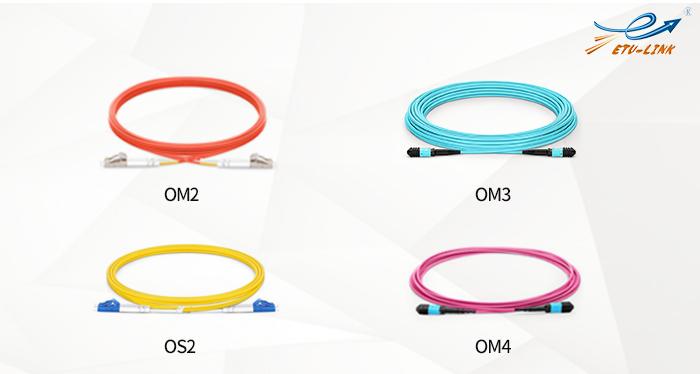
Optical fiber test method
Optical fiber testing is divided into primary testing and secondary testing. The primary testing is also the basic testing. It mainly tests the insertion loss (that is, attenuation) of the optical fiber and the length of the optical fiber link. No matter it is single-mode fiber or multi-mode fiber, they are all made of glass fiber, and natural loss will inevitably occur when optical pulse signal is transmitted in it, and there is even additional loss in poor quality network. Next, ETU-LNK will introduce you the method of optical fiber testing.
The equipment used to test fiber loss, we call it OLTS, which is the acronym for Optical Loss Test Set, and is also known as LSPM Light Source And Power Meter. It is translated into light source and power meter equipment. It can emit light source test light signal, and then pass After the tested link, enter the optical power meter to calculate the attenuation. The test indicators include the overall attenuation of the link and the length of the link.

The second-level optical fiber test includes the content of the first-level optical fiber test. OTDR cannot replace the first-level optical fiber test. Therefore, the first-level optical fiber test is the preferred optical fiber network quality acceptance assessment standard. The test principle is the comparison value of the two values. The optical power when setting the reference and the optical power received when connecting to the link under test are read through the optical power meter, the two are subtracted, and the logarithm is calculated as the decibel value. When the reference is set, the reading of the power meter must be greater than the reading after the fiber under test is connected, and it is generally positive after the attenuation is calculated.
The second-level test is to add the supplementary test of OTDR on the basis of the first-level test, and then to judge it is the second-level test. OTDR is a single-ended test, and the parameters of the secondary test are loss and return loss.
So why do we need to conduct a secondary test? It is because there are more and more high-speed optical fiber links. Many tests have passed the first-level test, but a large number of errors are still found in the network transmission. In fact, it is because a certain fusion point or coupling point of the optical fiber has a problem. The loss at this point is too high and exceeds the range required by the standard, causing transmission problems.
Then why did it only do fiber loss test when doing fiber acceptance test before? That’s because in the past, the transmission speed of optical fiber was relatively low, most of which were 10G, but now high-speed optical fiber has increased greatly, such as 10G, 40G, 100G, 400G, and high-bandwidth and high-load network applications are also increasing, such as high-definition video. , Voice, a large number of online transactions, etc. In use, it is not only necessary to ensure that the optical fiber loss is qualified, but also every point on the optical fiber must be qualified, so that high-speed fiber optic can be guaranteed during transmission.
This article introduces some common optical fiber test content. If you have more related questions or operation details, welcome to our website. ETU-LINK can provide various types of optical fiber patch cords, which can provide you with The most suitable wiring scheme.
Categories
New Blog
Tags
© Copyright: 2025 ETU-Link Technology CO ., LTD All Rights Reserved.

IPv6 network supported
Friendly Links:
易天官网